Leigh Donlan reports from Z Space:
An enchanting, surreal and achingly human evening was delivered last night by Post:Ballet in a collaboration between the company’s founding artistic director Robert Dekkers and the musical duo known as The Living Earth Show.

Rachel Coats with Andy Meyerson of The Living Earth Show and the dancers of Post:Ballet in Do Be (Double Happiness) (Photo: Natalia Perez)
Individual episodes of Do Be have been aired previously, but this is the first time the full-length work has been pulled together, along with a brand new final movement. The first movement, Pasturing I, opened with disarrayed lanterns hovering from the rafters and smoke billowing in a cold, white light. In a corner, a man in a white jumpsuit and headlamp toiled, as a black and white projection of a working man’s hands illuminated the center stage floor, an echo of the cornered labourer. Electric guitarist Travis Andrews played solitary chords, gazing at the slow moving dancers whose outstretched and woven limbs suddenly collapsed into self-protective closure. We hear plates shattering as bodies fall. A woman’s fall is caught by another and she moves on in a daze. Vanessa Thiessen delivered an intense closing solo of furious flailing and finally collapsed.
Family Sing-A-Long and Game Night was deliciously concocted, cake included. Percussionist Andy Meyerson’s glockenspiel chimes cued a twinkling of floor lights (by Jim French) as the corps played about like happy hybrids in part metallic, part cottoned ensembles (by Christian Squires.) Andrews’ electric guitar made the childhood game songs sparkle. The unusual party involved an impressive chair dance, a poi dancer swinging electric balls, a birthday cake and a delirious faceplant into said cake as Meyerson ripped on the drums, with a very busy cleaner-upper skittering about. The piece transitioned seamlessly into Tassel, an occasion for more anarchy in which everyone ended up in their skivvies. That is, everyone but Rachel Coats, who performed a mesmerizing topless solo for the eyes of Andrews only, her sinuous back turned to the audience. Suitcases exploded into a heaping mess while the poi dancer slept at a table, resting on a silver balloon, as if the whole evening was a dream for her.
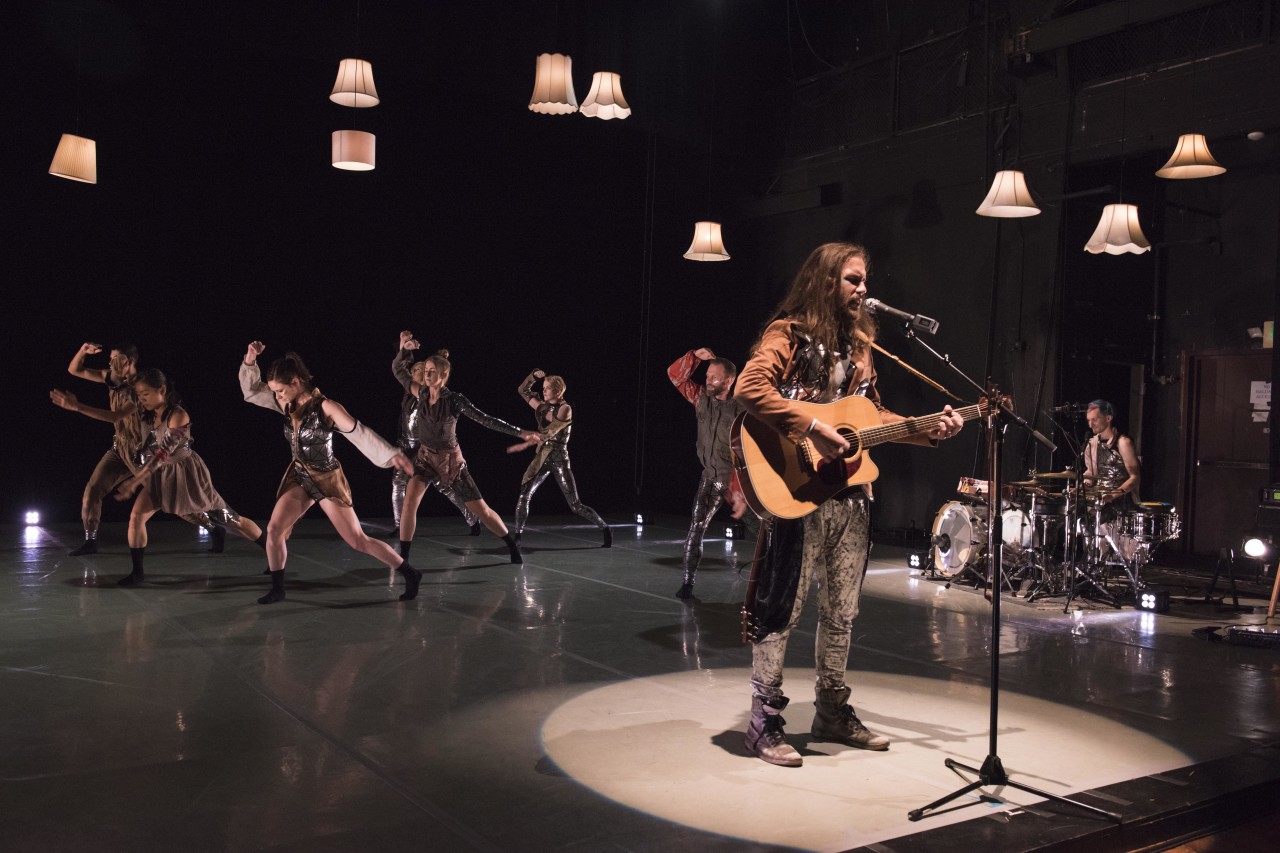
Travis Andrews (on guitar) with Andy Meyerson (on drums) of The Living Earth Show and the dancers of Post:Ballet in Do Be (Family Sing-A-Long and Game Night) (Photo: Natalia Perez)
The second half of the evening delivered more dance than theater, and was gorgeously surreal. The Bell, The Ball, The Bow-Tie, & The Boot was clever, but it was Double Happiness and Pasturing II that tugged the heartstrings. Five faerie folk, christened with silver wings of stars did their best to lure Kar Will out of despair. Rachel Coats was lovely as the leading fae, her delicate movements punctuated with a rowdiness. There were beautiful ensemble moments as the fae folk glistened in silvery gold, romantic tutus. Then a change in temperament, as the fae became as dark as Will’s thoughts. One by one, he plucked their wings as they froze in time.
But all’s well that ends well, as Pasturing II lifted everyone’s spirits. There was a soft release of suffering and a slow building musical crescendo as Andrews and Meyerson let it rip. Though the dancing didn’t quite deliver what the music seemed to ask for – complete release and abandon – the sense of sorrow was quelled. Audience members joined the cast and an electric cowboy swung poi. The celebration flooded into the lobby where Dekkers and company mingled happily amongst the audience.
– Do Be runs through Aug 6th at Z Space in San Francisco. For more information and to buy tickets, click here. –

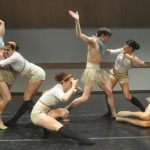

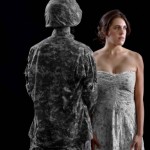
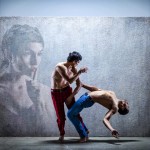
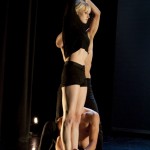

And here’s Carla’s preview of the program on KQED Arts: http://ww2.kqed.org/arts/2016/08/03/postballet-is-throwing-a-madcap-party-at-z-space-with-do-be/
BTW Leigh, I thought Double Happiness was a vision of a lone man’s tragic quest, that ended in death. And that what you called ‘faerie folk’ – the ones in sunny tutus and star balloons for wings – were first a symbol of an unheeding society, then later morphed into angels or escorts that accompanied him on his final journey.
And this is what I thought of Tassel when it first appeared: http://www.huffingtonpost.com/carla-escoda/power-plays-by-robert-dek_b_6204488.html
I can certainly see that perspective. My take was that Will’s struggle was more internal than external, a battle with himself, because isn’t it our thoughts that ultimately create our realities? The fae were teachers, or fragments of his subconscious mind. I felt that he wouldn’t surrender to what they were offering, a more pleasant reality full of magic and wonder.
In Tassel, I was captivated by the dancer/ musician relations, in a very good way. Having the musicians onstage as part of the narrative elevated the entire experience of the show for me. And again, I felt that it was loosely about the internal construction of identity. The suitcases were full of costume choices, yet the dancers obviously preferred none at all, opting to be free of any imposed limitations.